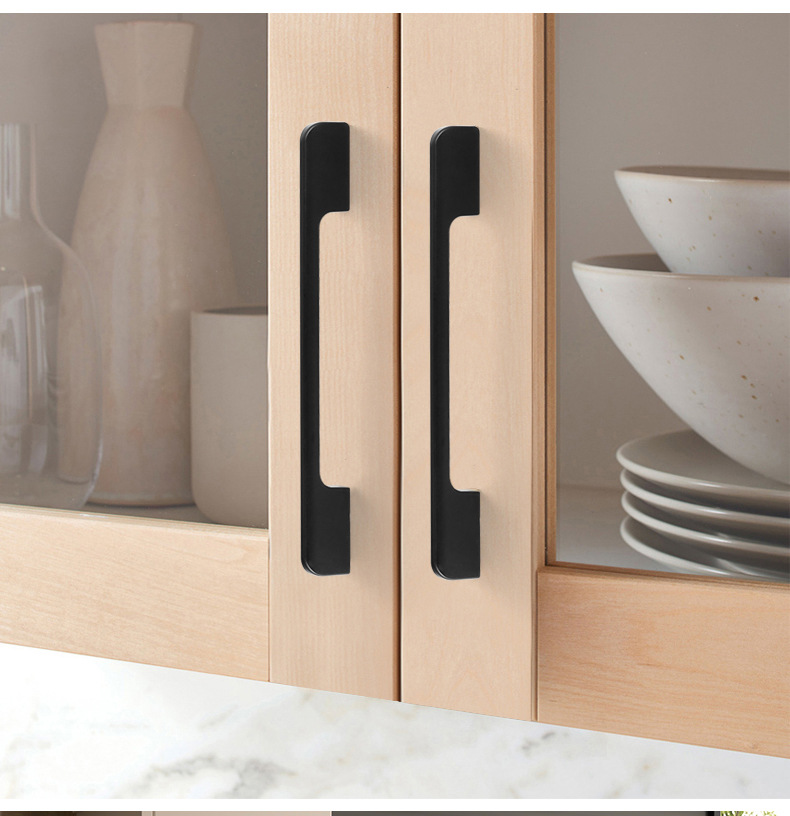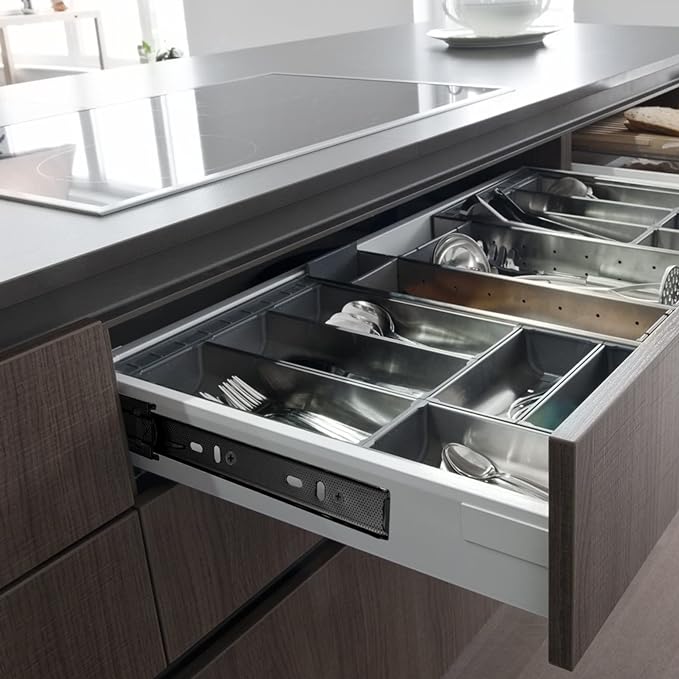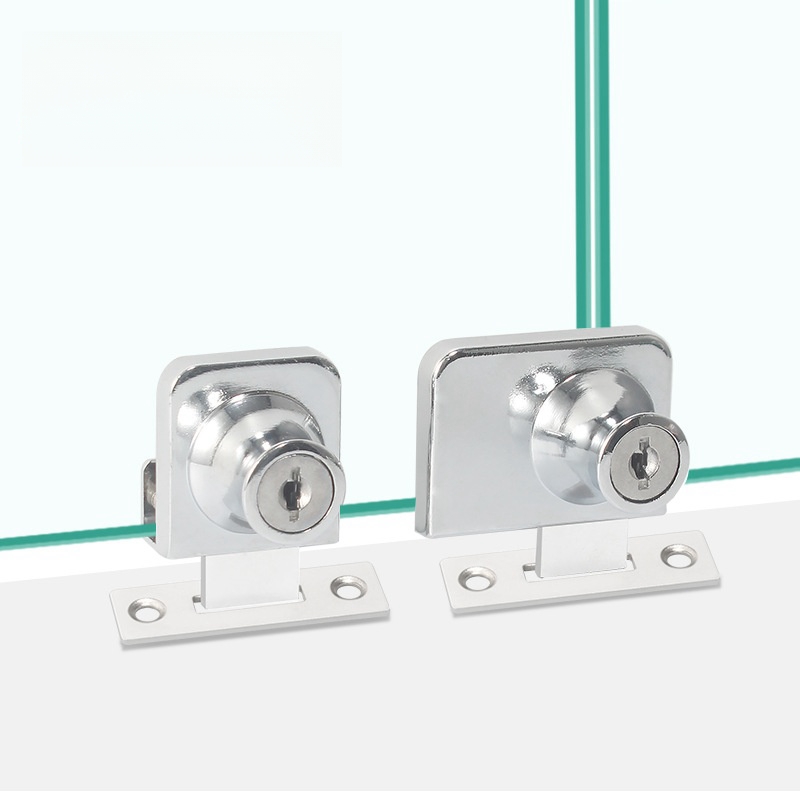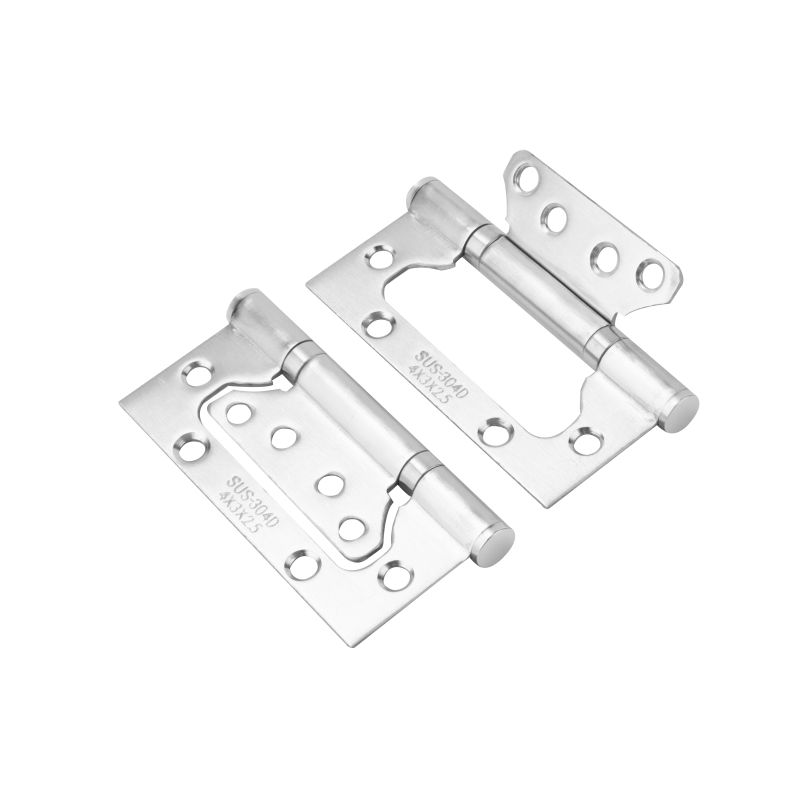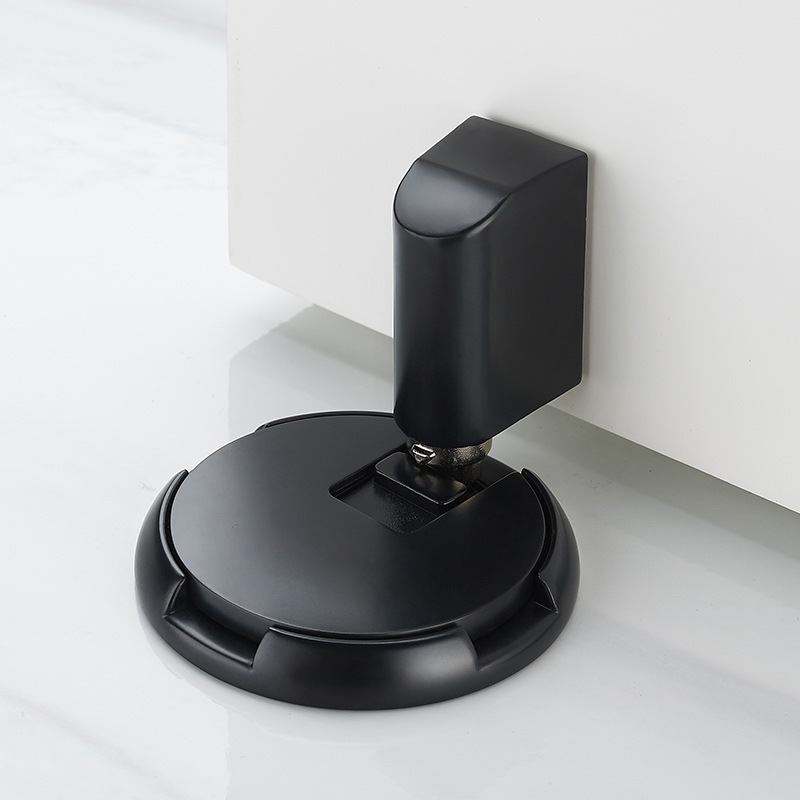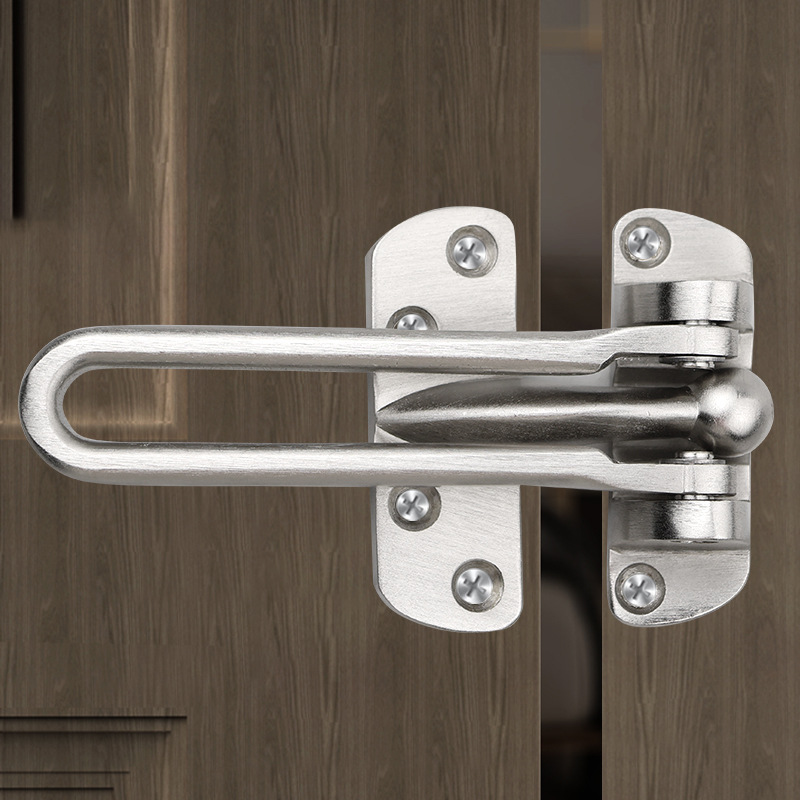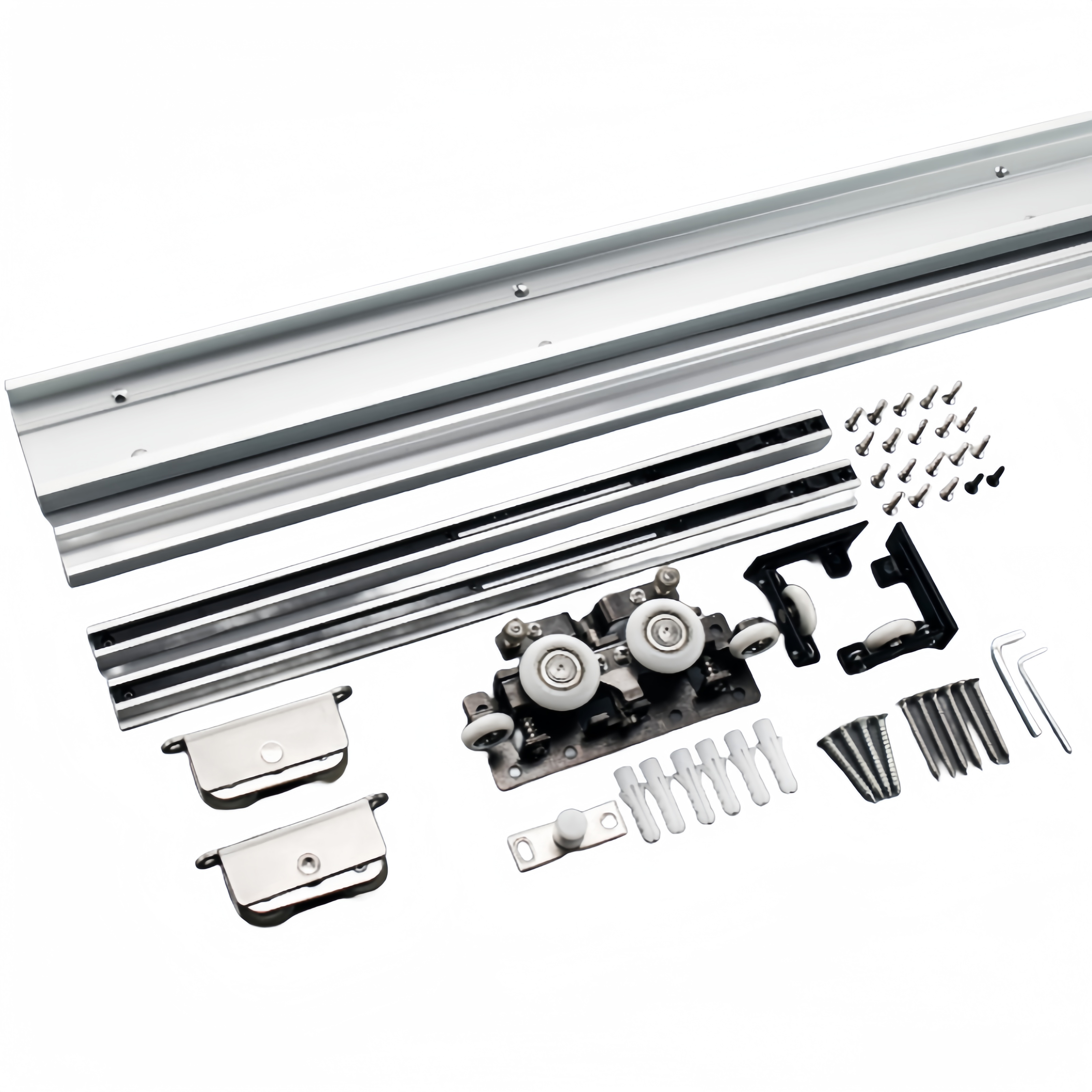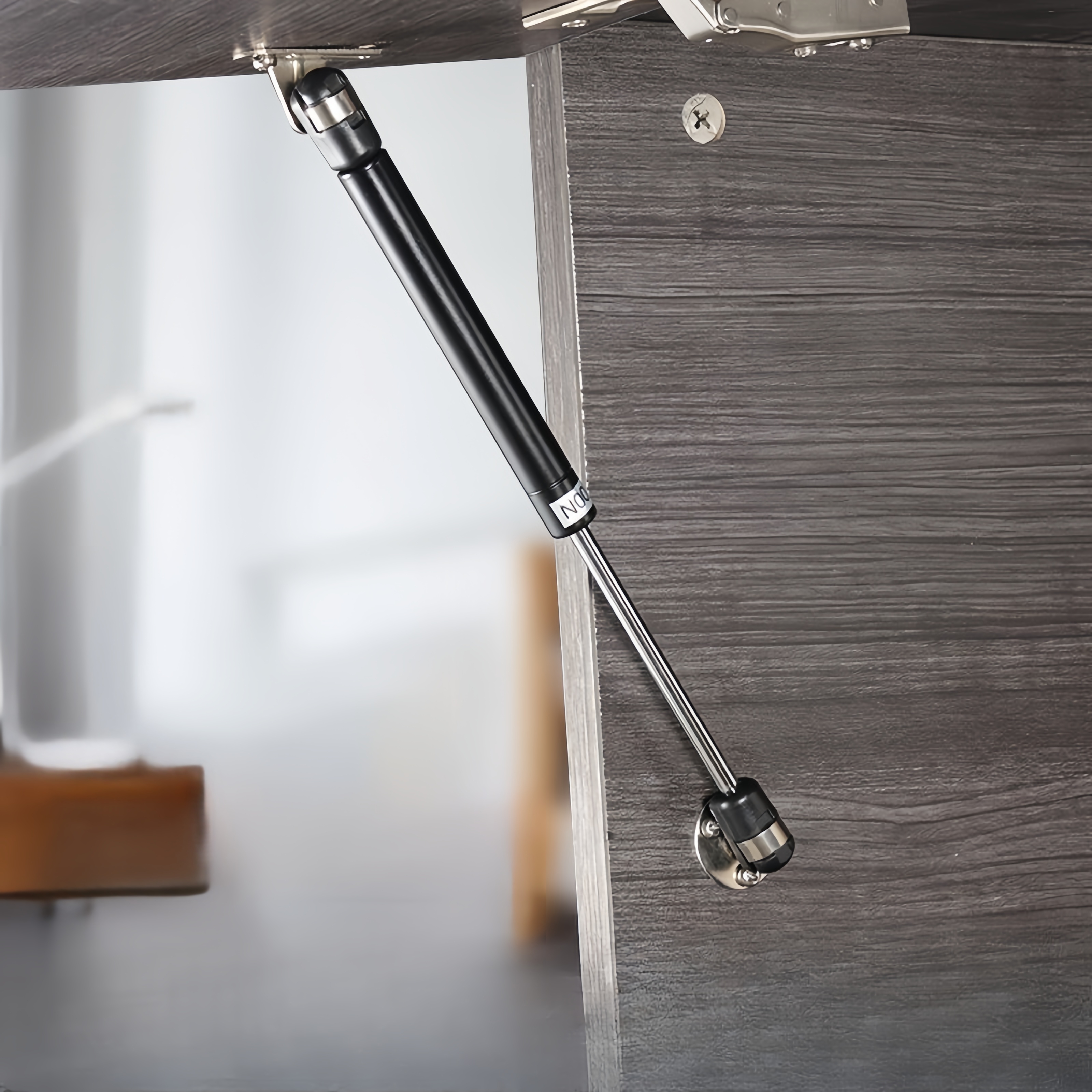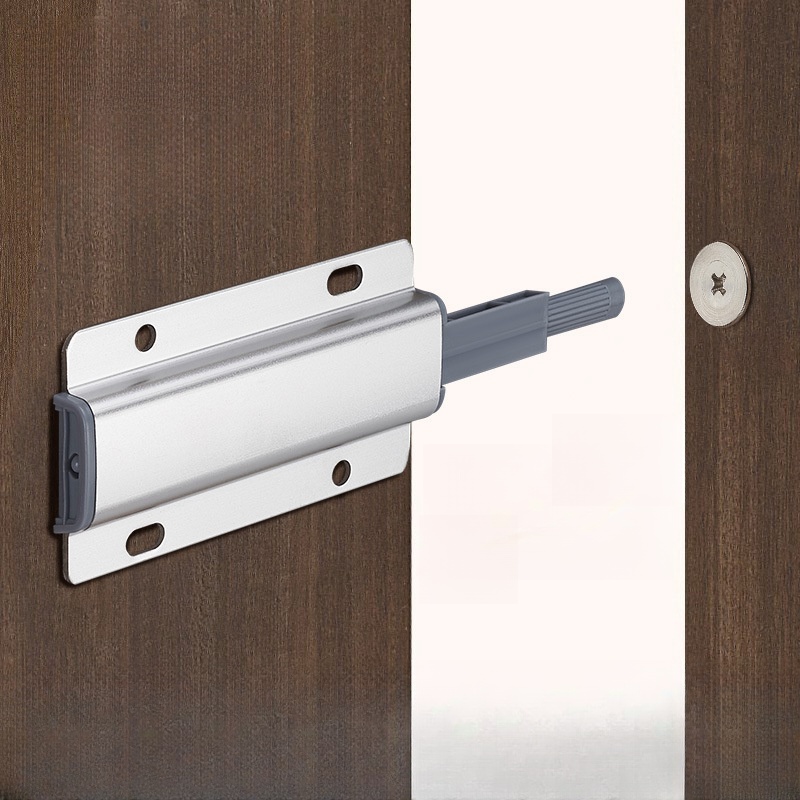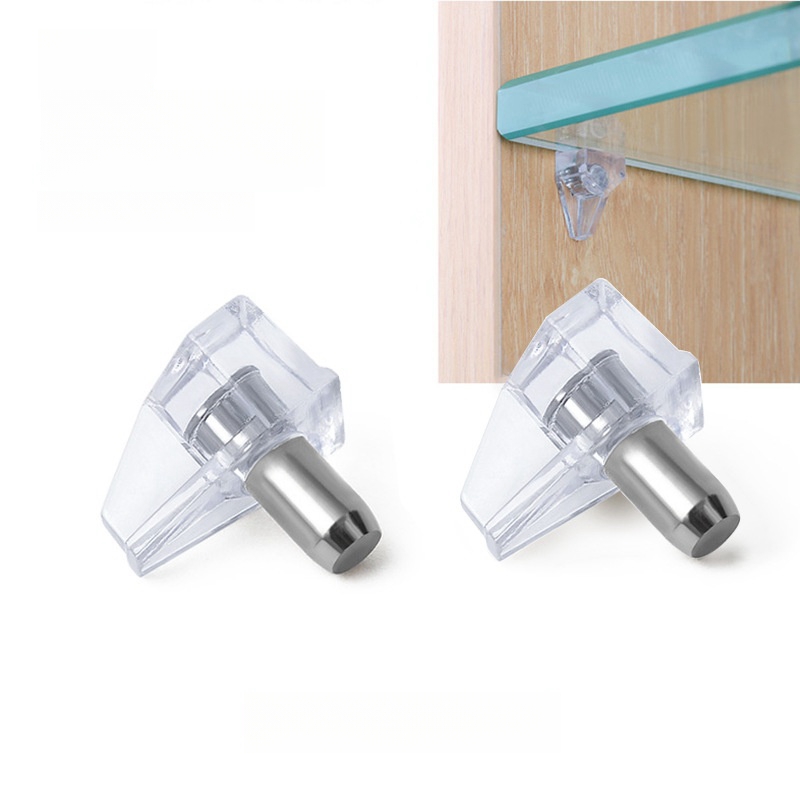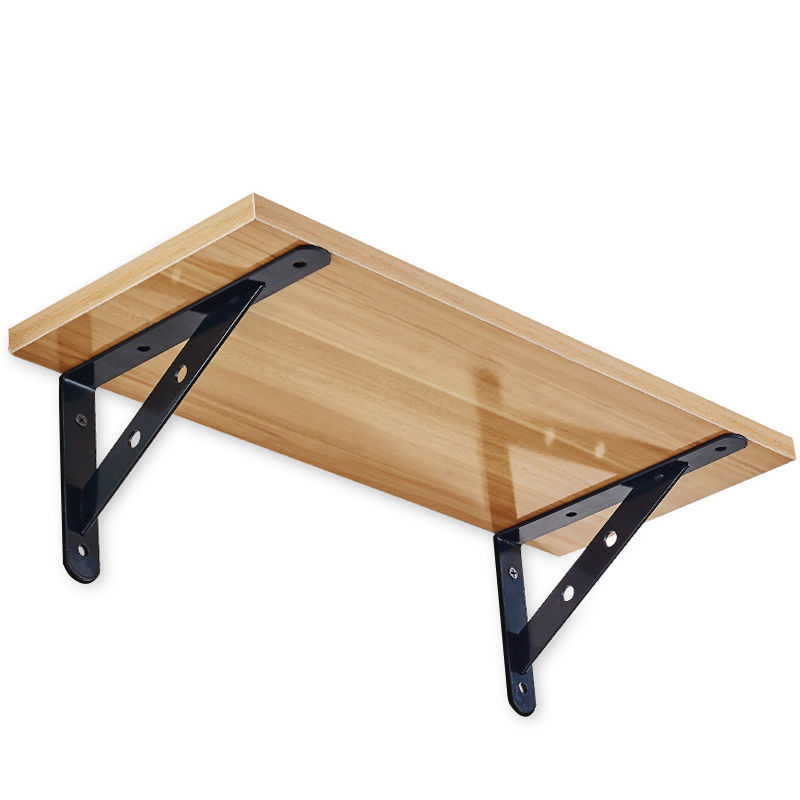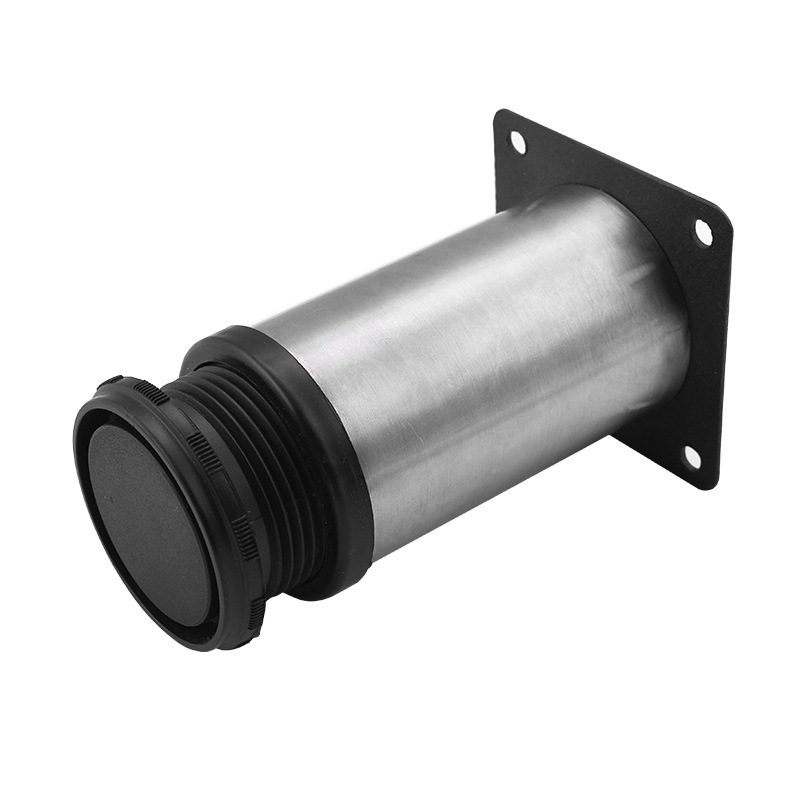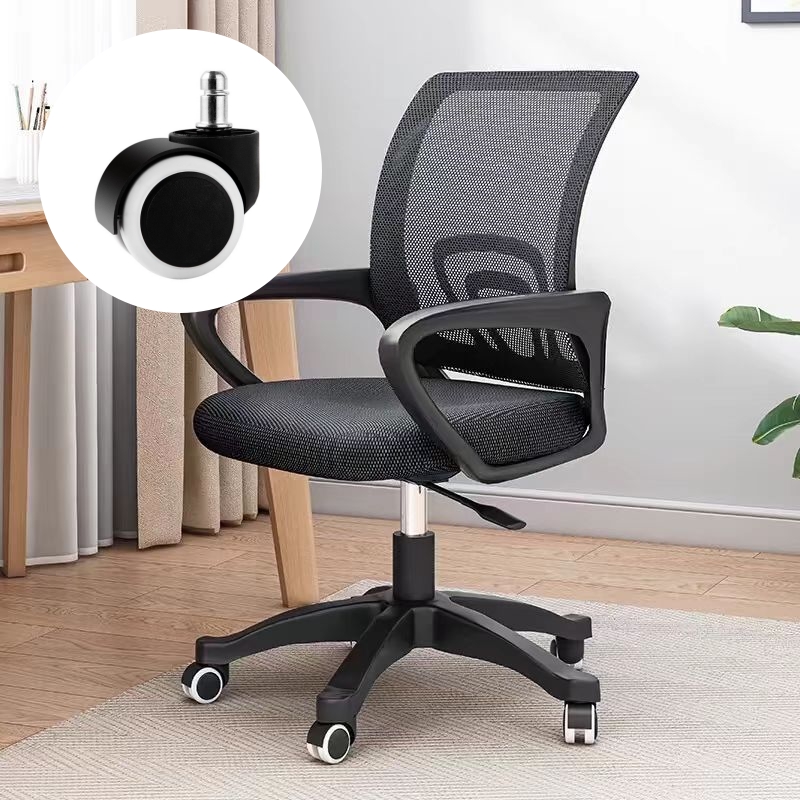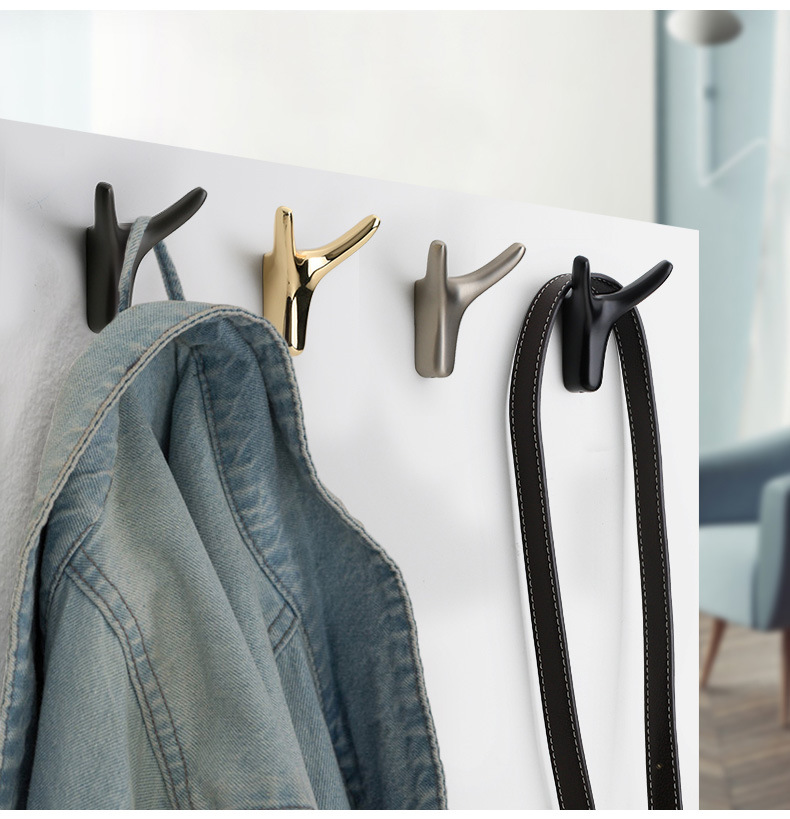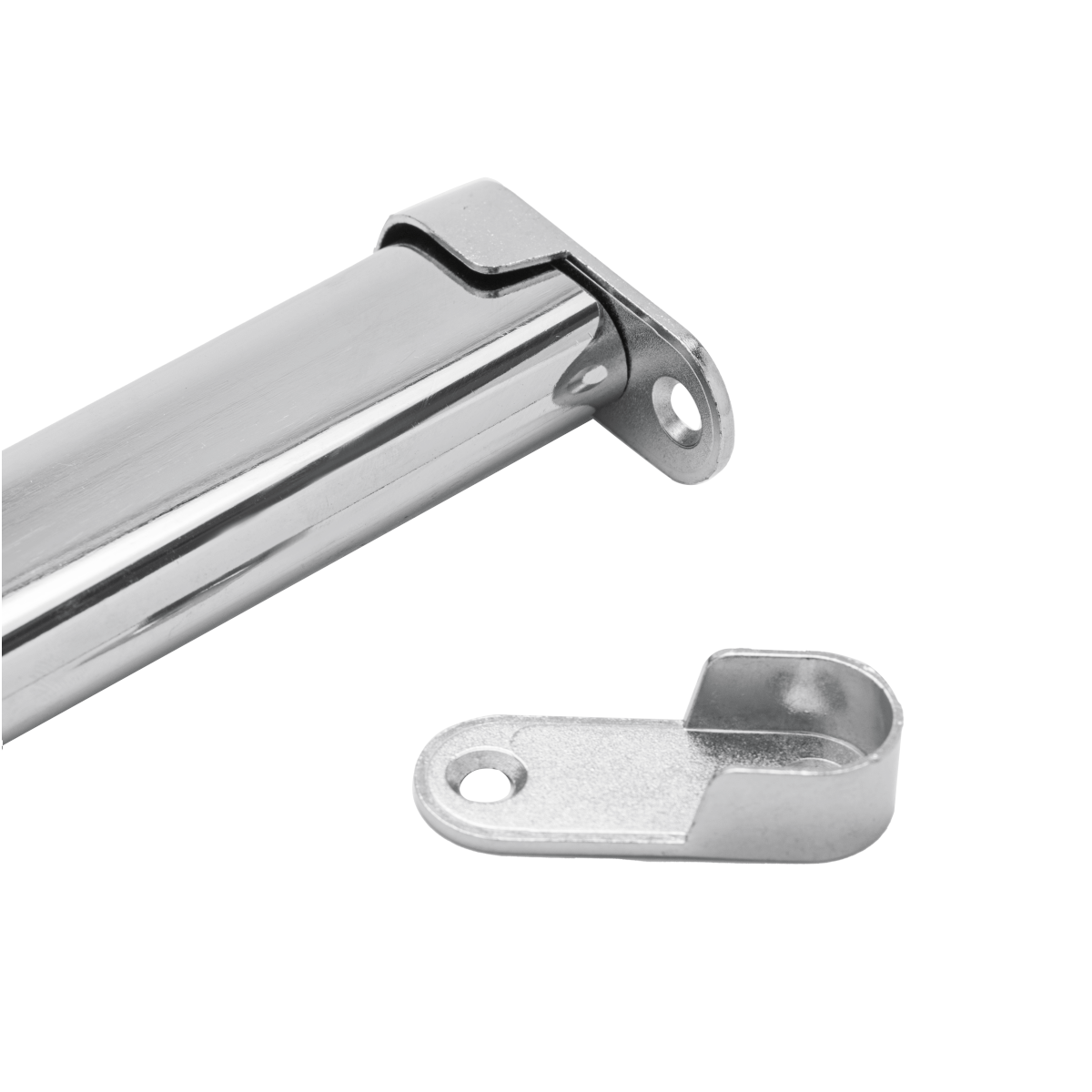
ABOUT
Guangzhou Toplink hardware Co., Ltd specialized in the production and export of furniture hardware fittings, with an experience of more than 14 years.
Our main products are drawer locks, cabinet hinges, sliding rails, cabinet handles, casters, cabinet legs and connecting fittings etc..
With a complete range of products, excellent performance and reasonable prices we have built up business with many customers all over the world.
We are committed to strict quality control and considerate customer service. We sincerely looking forward to becoming your best choice and the most reliable partner!
PRODUCTS
door latch spring loaded
The Mechanics of a Spring-Loaded Latch
At its core, a spring-loaded door latch employs a simple yet effective principle: stored potential energy. A spring, typically a compression spring, is housed within the latch mechanism. When the door is closed, the spring is compressed, applying a constant force that holds the latch bolt securely in place within the strike plate. This ensures the door remains closed and locked, resisting attempts to open it from the outside. The strength of the spring dictates the holding force of the latch, a balance between ease of operation and security. A too-weak spring might allow the door to easily be forced open, while a spring that's too strong could make opening the door unnecessarily difficult.
The release mechanism usually involves a lever or knob that, when manipulated, compresses or displaces the spring, allowing the latch bolt to retract. This action disengages the latch from the strike plate, freeing the door to open. The precise design of this mechanism varies depending on the type of door latch, but the fundamental principle of spring-controlled engagement and disengagement remains consistent. Different designs utilize different lever systems or internal geometries to achieve this, sometimes incorporating additional features like deadbolt mechanisms for enhanced security.
Beyond the basic compression spring, some sophisticated latch mechanisms utilize other spring types or configurations. For example, torsion springs might be employed for specific actions, or a combination of springs may work in concert to provide a more refined and controlled opening and closing action. These more complex designs are typically found in higher-end or specialized applications, such as commercial doors or those requiring enhanced durability.
Materials and Durability
The materials used in the construction of a spring-loaded door latch are critical to its longevity and performance. The spring itself is usually made from high-tensile steel, a material chosen for its strength, elasticity, and resistance to fatigue. The repeated compression and release cycles that the spring endures throughout the life of the latch demand a material that can withstand considerable stress without permanent deformation or failure. The choice of steel alloy will often determine the spring's lifespan and resistance to corrosion.
The latch bolt and other metal components are typically also made from durable metals such as brass, steel, or zinc alloys. The selection of material often depends on factors like cost, corrosion resistance, and desired aesthetic qualities. Brass, for instance, offers excellent corrosion resistance and a pleasing aesthetic, while steel provides superior strength but may require additional surface treatments to prevent rusting. Zinc alloys offer a balance of cost-effectiveness and reasonable durability.
The housing or casing of the latch is usually made from materials like plastic, metal, or a combination of both. Plastic housings are often preferred for their lower cost and ease of manufacturing, while metal housings offer greater durability and robustness. The choice often depends on the application and the desired level of ruggedness.
Types and Variations of Spring-Loaded Latches
Spring-loaded door latches are not a monolithic entity; they come in a wide variety of types and designs tailored to different applications and door types. Simple spring latches, often found in interior doors, are relatively straightforward in their design and operation. More complex latches, used in exterior doors, incorporate additional features such as deadbolts, which offer increased security. These deadbolts are typically independently spring-loaded and require a key or other unlocking mechanism to retract.
Different latch mechanisms are also employed to cater to various door thicknesses and installation requirements. Surface-mounted latches are installed directly onto the door surface, while mortise latches are recessed into the door edge, providing a cleaner and more integrated look. The choice between these installation methods will depend on the door design and overall aesthetic considerations.
Furthermore, the design of the latch bolt itself varies. Some latches utilize a simple, straight bolt, while others incorporate features such as a curved or angled bolt to improve engagement with the strike plate. These variations are often designed to enhance the security and prevent forced entry. Variations in the design of the strike plate also play a crucial role in the effectiveness of the latch.
Troubleshooting and Maintenance
Despite their robust design, spring-loaded latches are not immune to malfunctions. Common issues include a weakened spring, a misaligned latch bolt, or a damaged strike plate. A weakened spring often results in a latch that doesn't hold securely, allowing the door to swing open easily. This can usually be resolved by replacing the spring with a new one. Misalignment of the latch bolt can be corrected by adjusting the latch position or the strike plate.
Regular lubrication can significantly extend the life of a spring-loaded latch and ensure smooth operation. A light application of lubricating oil or graphite to the moving parts can reduce friction and prevent wear. However, excessive lubrication should be avoided, as it can attract dust and debris. Regular inspection for signs of wear and tear is also advisable, enabling early detection and correction of any potential problems. Prompt attention to these minor issues can prevent more significant problems down the line.
In summary, the seemingly simple spring-loaded door latch is a testament to ingenious engineering. From the material selection and precise spring design to the varied mechanisms and installation methods, every aspect of its construction contributes to its reliable functionality. Understanding its workings helps us appreciate the crucial role this often-overlooked component plays in our everyday lives.
SUBSCRIBE
INQUIRY
